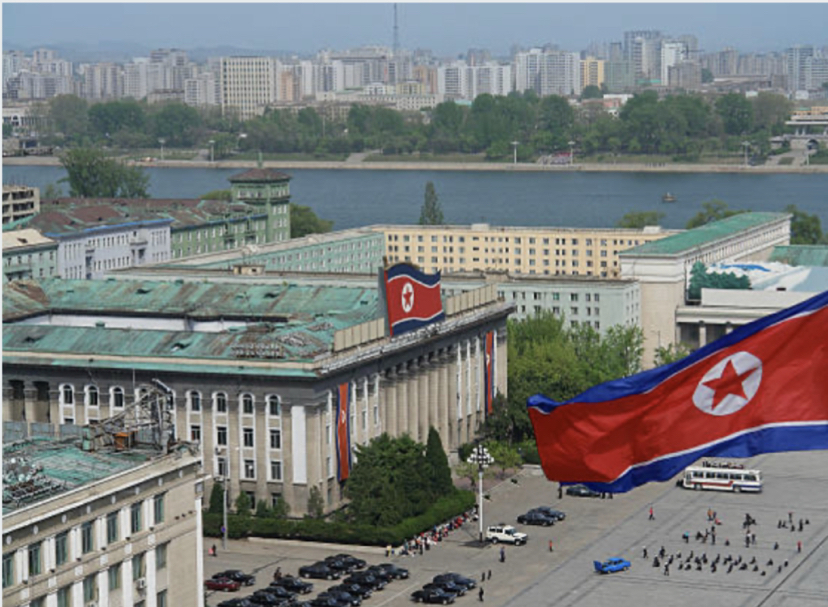Tackling Cyberbullying in the Digital Age


Introduction
In today’s digital era, cyberbullying has become a significant concern that requires attention. This type of harassment, which involves using electronic communication to threaten or intimidate others, has consequences that extend beyond the virtual realm. In response, legal systems worldwide have taken steps to combat cyberbullying by implementing laws and regulations to protect victims and hold perpetrators accountable.
Understanding Cyberbullying
Cyberbullying takes various forms, including sending hurtful messages, spreading false information, and sharing private photos without consent. Unlike traditional bullying, which occurs face-to-face, cyberbullying exploits the anonymity and vast reach of the internet to cause harm. Its victims can experience serious emotional distress, anxiety, depression, and even contemplate self-harm or suicide. People of all ages can be affected, and the effects can be long-lasting.
Legal Responses
Governments and legal systems worldwide have recognized the importance of addressing cyberbullying. Many countries have introduced specific laws and regulations to combat this issue. These laws differ in their definitions of cyberbullying, penalties, and enforcement mechanisms. However, they generally focus on punishing behaviors that harm others through online communication.
In the United States, for example, cyberbullying laws fall under the broader category of harassment and can vary from state to state. Some states have enacted laws specifically targeting cyberbullying, while others address it under broader anti-harassment legislation. Penalties for cyberbullying in the U.S. can range from fines and restraining orders to criminal charges in severe cases.
In the United Kingdom, the Malicious Communications Act and the Communications Act address online harassment and threats, making it clear that sending offensive or threatening messages online is a criminal offense. Offenders can face fines and imprisonment, depending on the severity of the offense.
Challenges in Enforcement
Enforcing cyberbullying laws faces various challenges as the digital landscape continues to evolve. While legislative measures are crucial, the internet’s borderless nature, the anonymity of perpetrators, and the rapid technological advancements pose significant obstacles to effective enforcement. This article explores the key challenges faced by law enforcement agencies, legal systems, and societies in enforcing cyberbullying laws and proposes strategies to navigate these complexities.
Anonymity and Digital Footprints
One of the main challenges in enforcing cyberbullying laws is the anonymity provided by the internet. Perpetrators often hide behind pseudonyms or fake profiles, making it difficult for law enforcement to identify and trace them. Even if their identity is revealed, gathering sufficient evidence to link them to offensive or threatening content can be a daunting task. Additionally, digital communication’s transient nature makes it easy for content to be quickly deleted or hidden, leaving minimal traces.
Cross-Jurisdictional Issues
Cyberbullying knows no physical boundaries, and offenders can be located in one jurisdiction while the victim resides in another. Enforcing laws across different jurisdictions requires international cooperation and coordination, which can be slow and challenging due to varying legal systems, language barriers, and cultural differences.
Evolving Technology and Platform Diversity
The rapid pace of technological advancement adds another layer of complexity to enforcement efforts. New communication platforms and technologies emerge regularly, each with unique features that can be exploited for cyberbullying. Law enforcement agencies struggle to keep up with these changes and adapt their strategies accordingly. Additionally, the diversity of platforms makes it challenging to establish standardized procedures for addressing cyberbullying across all digital spaces.
Balancing Free Speech and Protection
The issue of cyberbullying raises debates about striking the right balance between protecting individuals from harm and upholding the principles of free speech. While it is crucial to prevent online abuse, some argue that overly restrictive laws could impinge on the right to express opinions freely. Finding the right balance is essential to prevent stifling healthy discourse while curbing harmful behavior.
Education and Prevention
In today’s interconnected world, education and prevention have become critical in the fight against cyberbullying. Recognizing the long-lasting impact of online harassment, communities, schools, and parents are increasingly focusing on proactive measures that equip individuals with the skills and knowledge to navigate the digital realm responsibly and effectively respond to instances of cyberbullying. This article explores the importance of education and prevention strategies in combating cyberbullying and creating a safer online environment.
Understanding the Power of Education
Education plays a significant role in combating cyberbullying by raising awareness about its consequences and providing individuals with the tools to prevent, identify, and address online harassment. Schools have a crucial role in fostering digital literacy, empathy, and responsible online behavior. By incorporating cyberbullying education into curricula, educators empower students to make informed decisions and contribute positively to the digital community.
Fostering Digital Literacy
Digital literacy involves the ability to critically evaluate online content, protect personal information, and differentiate between credible sources and misinformation. In the context of cyberbullying, digital literacy empowers individuals to recognize potential threats and navigate the digital realm safely. By teaching students how to identify warning signs and practice good online hygiene, educational institutions can reduce the risk of falling victim to cyberbullying.
Promoting Empathy and Respect
Education plays a vital role in cultivating empathy and fostering a culture of respect both online and offline. Open dialogues about the impact of hurtful words and actions in virtual spaces help students develop a better understanding of the emotional toll cyberbullying can have on its victims. By emphasizing the importance of treating others with kindness and empathy, educators lay the foundation for a more compassionate digital society.
Conclusion
Cyberbullying is a complex issue that requires a comprehensive approach. Legal frameworks are essential for holding perpetrators accountable and deterring harmful online behavior. However, enforcement faces challenges due to the evolving nature of the internet. A combination of well-designed laws, international cooperation, education, and fostering a respectful online environment is necessary to effectively combat cyberbullying. Ultimately, the goal is to create a safer digital space where freedom of expression coexists peacefully with the protection of individuals from online abuse.




